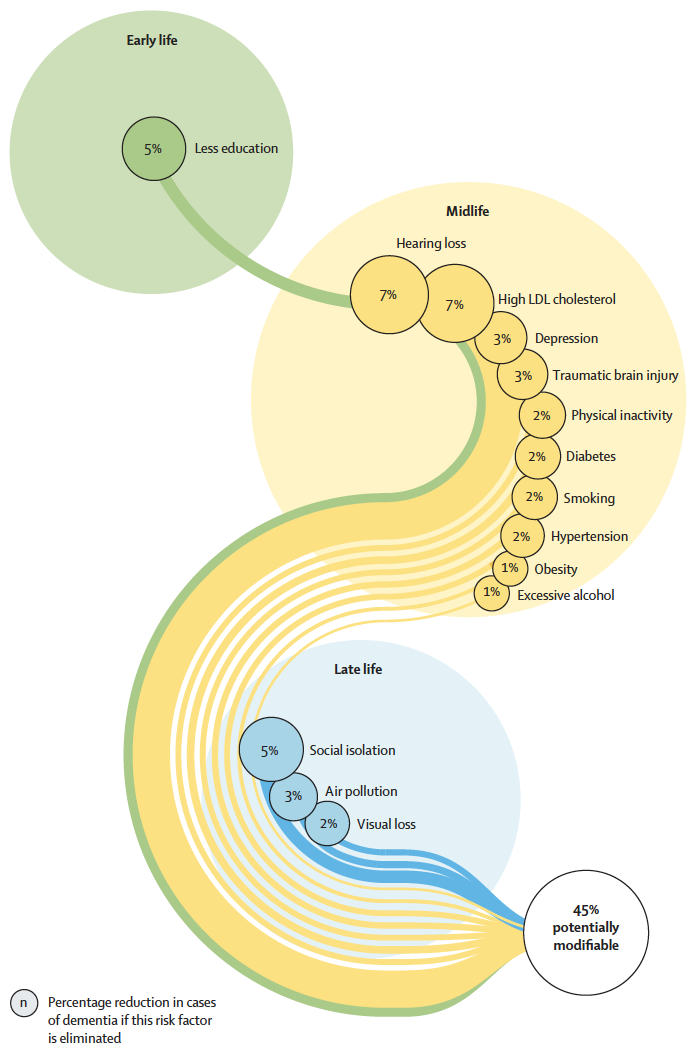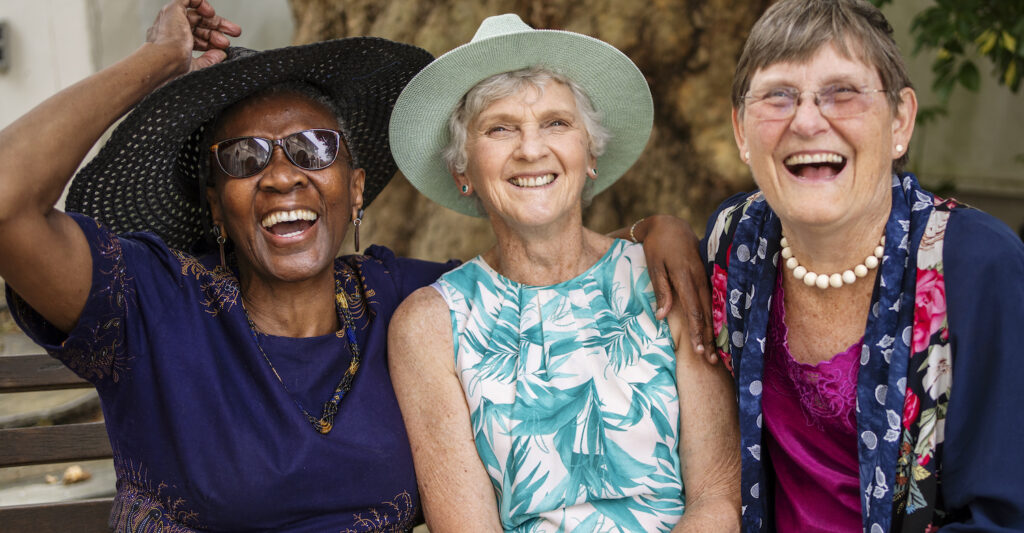
Trending Topics | What You Should Know about Brain Health and Person-Centric Wellness
There is a new vision of wellness in active aging.
Recently The Mather Institute proposed that it is time to dispense with a traditional definition of wellness and adopt one driven by “the process of engaging in behaviors and decisions that enable people to reach their full potential.” Their excellent overview defines a new model of wellness that is “person-centric,” focused on the individual and the drivers that motivate all of us to move towards vital, purposeful living.
How does Mather’s vision of person-centric wellness impact how we think about brain health training? In fact, it is a perfect fit. This new perspective spotlights much of what we know are best practices for supporting individuals seeking to stay sharp, lower their dementia risk, or live well with memory challenge. Here are a few ways this forward-looking model aligns with what we know brings everyone better cognitive wellness.
Brain fitness is always personal
Cognitive wellness is a broad concept, with multiple, overlapping ways we can all engage to think better and live more vitally. These include making lifestyle choices that impact our dementia risk, training our thinking skills with targeted workouts, using memory strategies to rev up recall, and exploring the third age challenges that fuel psychological growth.
Because cognitive fitness spreads such a big tent, the pursuit of better brain health is necessarily personal. All of us come to our “brain health baseline” with personal strengths, needs, and interests. And there is more than enough room for each of us to determine our ever-evolving journey towards better cognitive vitality. Shifting our professional perspective to acknowledge that everyone is empowered to forge their own path to better brain fitness should be the first step to any cognitive training program. Next, we need to align what we offer to ensure we provide robust opportunities that motivate everyone to find a way to boost their brainpower. This includes introductory how-to classes about the ways we can build better brain fitness as well as multiple, sustainable ways folks can find their own path forward, whether that includes working out at the gym, joining a museum trip, learning how they can remember names better, or deciding to be more social and joining some new friends for dinner.
Individualized measures of success matter more
A person-centric approach asks us to re-think how we measure success by focusing on metrics that reflect individual achievement over community-based measurements, such as attendance. This emphasis on individualized measures of success aligns well with a best practices brain health approach. First, person-centric wellness highlights the motivational value of personal achievement. Simply put, if we feel we are making gains, we are more inclined to keep at it.
Since we know brain training goals are personal, measures that reflect the individual’s sense of achievement give us a more effective way to assess impact, as well as useful benchmarks to further customize what we offer. In addition, we know that good brain training always extends beyond the classroom. Students must apply what they learn to truly experience achievement. For example, while we may learn a strategy to rev up our recall for names, mastering that strategy relies on practicing it as we meet people in our daily lives. Knowing if someone was present in a classroom doesn’t tell us the real impact of training in the same way as tapping qualitative, personal outcomes such as daily habit changes, self-efficacy, or even simply whether a program met their objectives and was a satisfying experience.
The delivery context is critical
How integrated is your healthy living initiative to your community experience? A person-centric model asks that we consider the context in which wellness is delivered, knowing that promoting healthier living cannot not take place in a vacuum. This is true for brain health practices as well. Helping everyone boost brainpower must go beyond what’s on the calendar to all aspects of your community, including the environment and culture. If you teach folks the ways they can eat for better brain health but there is little choice on the menu beyond comfort foods, there is a disconnect between what they are learning and the opportunity they have to profit from it.
Try looking at all aspects of your community through a brain healthy lens. How does your location encourage enjoying the outdoors? Is your culture memory friendly, with things such as clearly marked signage for easier wayfinding or a fun, community-wide habit that makes it easier for everyone to learn names? Are you finding ways to surprise everyone with “pop up” creative activities that challenge and delight their minds? Are the social areas welcoming to all, or the exclusive realm of groups that may leave others feeling isolated? Creating a context that supports brain healthy living is mission critical to helping all minds thrive in your community.
At the beginning of every journey to cognitive vitality is someone’s desire to take better care of themselves. Understanding that as well as how to best provide the tools they need for success is at the heart of wellness, no matter how it is viewed.



